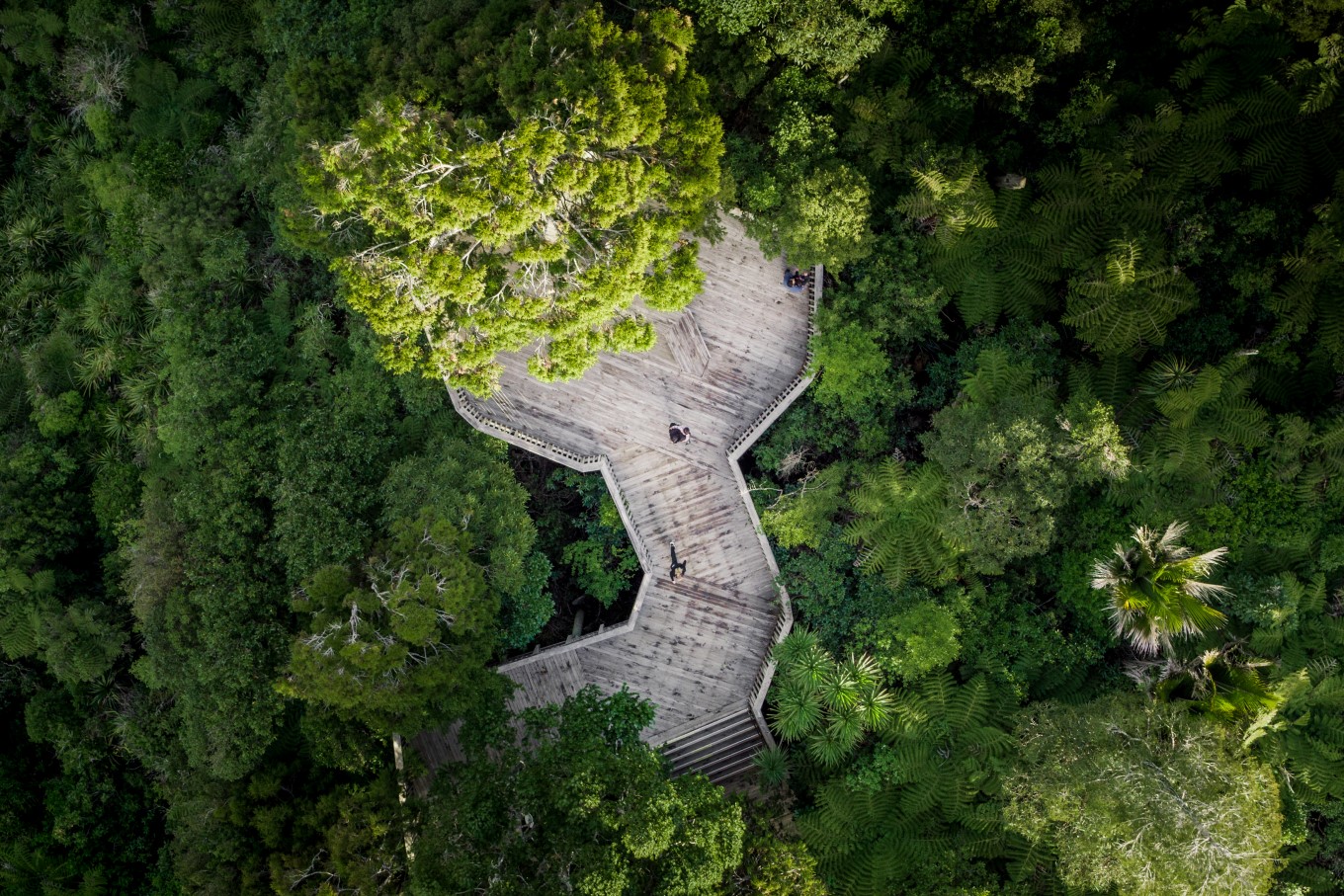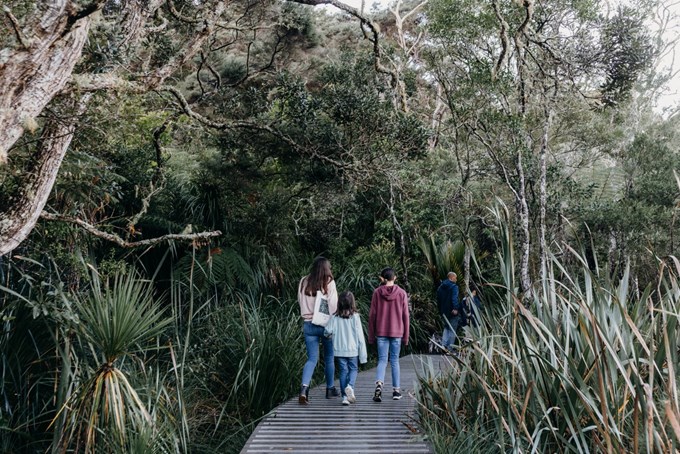We all know that trees are cool – Papatūānuku (Mother Earth) thinks so too. That’s because tree canopies (made up of the leaves and branches) do an excellent job of blocking sunlight, preventing it from reaching the ground and reducing the overall temperature.
Canopies also cool the air through transpiration, a process where a plant cools itself by sweating water vapour through the pores in its leaves, which lowers the temperature of the air.
With Auckland’s climate predicted to increase by 1.5-3.75 degrees Celsius by the end of the century (depending on how successful we are at reducing carbon emissions globally), we need more tree cover to cool the region down. Auckland Council’s Urban Ngahere (forest) Strategy has a goal of increasing the city’s tree canopy to 30 per cent across our urban areas.

Assessments that were first undertaken in 2013, and again in 2016/2018 using LiDAR (Light Detection and Ranging) technology, show that we’re currently averaging 18 per cent canopy across the region. But coverage is disproportionate and there is an inequity of trees across different areas. The only local board to have met the target so far is Kaipātiki on the North Shore, which has maintained 30 per cent canopy since it was first mapped in 2013.
Auckland Council’s principal urban forest advisor Howell Davies, known as the “tree whisperer”, says one of the main reasons for that is because the area’s steep bush-clad gullies were not worth farming and harder to build on.
In comparison, Davies says that tree coverage in South Auckland suburbs is much lower due to them being developed on agricultural land more recently and as a result, tree planting was not prioritised. Ōtara-Papatoetoe Local Board had only 9 per cent canopy in 2013, which increased to 10 per cent by the 2016/2018 period.
“A 1 per cent increase in an area where you’ve got low tree cover is actually quite substantial versus if you maintain your tree cover,” says Davies.
To help local boards meet their target, the Department of Conservation and Kāinga Ora have also provided funding for trees in some areas. And Ōtara-Papatoetoe’s canopy is set to get another boost of living shade when KiwiRail holds a staff planting day on council land in Māngere-Ōtāhuhu and Ōtara-Papatoetoe this winter.
One of the challenges the region faces is continuing to grow the canopy at the same time as established trees are being removed on private land.
“We don’t want to lose all of the big stuff because it will take us back 50-100 years. That’s where the challenge is – to try and navigate a way that we can hopefully preserve some of those trees while allowing urban development.”
You can find more information on planting trees here.
Help grow the canopy
Play your part
Plant a tree at your place. Winter is the best time to do this as it’s wetter and roots have time to get established before the dry summer months. Do your research first so that you choose the right tree for the right area, and remember that trees need space below ground for their roots to spread out, so avoid planting them right beside driveways or buildings. Here are some ideas:
Don’t have much room?
Native kōwhai ‘Dragon’s Gold’ is great for a small section as it grows just 1.5-2m. Its golden flowers provide nectar for
native birds in spring.
Need something hardy?
Mānuka is tough. It can survive windswept clifftops, so will cope with heavy clay soil or a windy spot in your garden.
Free food
In a couple of years, trees such as apples and plums will fruit, but they also have beautiful blossoms in spring (which pollinators like bees and butterflies love) and will eventually provide leafy shade in summer.
Bring in the birds
Pūriri provides fruit, seed and nectar for birds year-round. Don’t overlook our Aussie cousin the bottlebrush either – its red flowers are beloved tūī tucker.
Autumn colour
Compact Cercis species like Judas trees and redbud ‘Forest Pansy’ produce pink flowers on bare wood in spring, and heart-shaped leaves that turn orange and burgundy in autumn.


